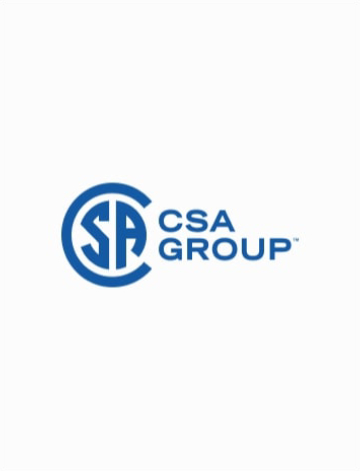Preface
This is the first edition of CSA SPE-276.1, Design requirements for marine structures associated with LNG facilities (DRMS). It replaces CSA EXP276.1, published in 2015. This Document is not a consensus publication; that is, it is not a Standard and it has not been formally reviewed or approved by a CSA Technical Committee.
Several new liquefied natural gas (LNG) facilities are presently proposed to be constructed on the west coast of British Columbia. These new facilities will utilize existing or new marine structures to berth and load LNG carriers. A single comprehensive Canadian standard does not currently exist to provide guidance on the design of these marine structures specific to the needs of the west coast of North America. The purpose of this Document is to fulfill an immediate need for design guidance pertaining to the LNG marine structures.
CSA Z276-15, Liquefied natural gas (LNG) – Production, storage, and handling, establishes essential requirements and minimum standards for the design, installation, and safe operation of LNG facilities for the liquefaction of natural gas. CSA Z276 covers facilities for the storage, vaporization, transfer, handling, and truck transport of LNG. Clause 11.4 of CSA Z276 provides minimum guidance with respect to the requirements and standards for the civil/structural marine facilities associated with LNG loading. This Document is intended to supplement the requirements in CSA Z276, Clause 11.4.
This Document addresses the engineering marine structures that provide structural support to topworks and that are used to moor/berth LNG carriers. It should be noted that while this document does not define construction requirements, it is expected that the construction of the marine structures will be executed in accordance with engineering design consistent with the requirements contained herein.
This Document does not mandate regulatory requirements, but rather provides advisory guidance and sets minimum requirements that may be followed to demonstrate compliance with local and national codes and regulations, and industry best practices. Alternative design codes and standards that are not specified in this Document may be used, provided that pertinent local and national regulations are satisfied and that it can be demonstrated that the design meets industry best practices.
Scope
1.1 General
This Document applies to the engineering analysis and design of permanent marine structures that provide structural support to topworks, and that are used to moor/berth LNG carriers.
1.2 Applicability
This Document is applicable to the civil/structural components of the marine terminal, as shown in Figures 1 to 3, and includes the following:
a) shore-side abutment;
b) access trestle from shore to the loading platform;
c) loading platform;
d) berthing and mooring dolphins;
e) catwalks; and
f) quay wall structures.
1.3 Change of use of existing structures
Change of use of existing structures refers to the utilization of an existing marine structure that when initially constructed was not intended to load LNG. Existing marine structures that are converted to load LNG should conform to the design guidelines provided herein.
It should be noted that this Document does not cover the entire scope of work associated with assessing, rehabilitating, and converting an existing marine facility to an LNG facility.
1.4 Excluded from Scope
This Document does not apply to
a) floating LNG terminals and ship-to-ship transfers; however, there can be fixed structures forming part of such facilities for which this guidance can be applicable;
b) construction requirements; and
c) design and operations of the topworks supported by the marine structures.
1.5 Terminology
In this Document, shall is used to express a requirement, i.e., a provision that the user is obliged to satisfy in order to comply with the Document; should is used to express a recommendation or that which is advised but not required; and may is used to express an option or that which is permissible within the limits of the Document.
Notes accompanying clauses do not include requirements or alternative requirements; the purpose of a note accompanying a clause is to separate from the text explanatory or informative material.
Notes to tables and figures are considered part of the table or figure and may be written as requirements.
Annexes are designated normative (mandatory) or informative (non-mandatory) to define their application.


